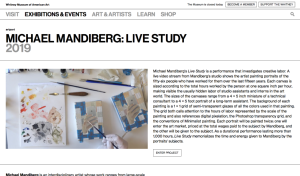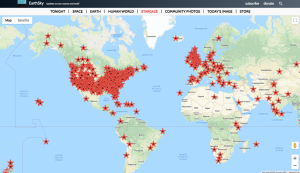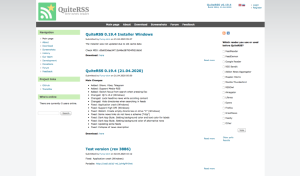General Interest
Back to Top
|
 |
|
 |
|
 |
|
Noire Histoir Podcast
|
Social studies |
|
Friday, June 19 is Juneteenth, a holiday commemorating Emancipation Day. This holiday is an important part of U.S. history and, as host of Noire Histoir Natasha McEachron notes, "Black history is a part of global history and ... [should be] studied and celebrated all 366 days of the year." The Noire Histoir podcast (and related blog, newsletter, videos, and social media channels) launched in 2017 and spans themes of pride, excellence, and power "across the Black diaspora." The podcast has various episode formats, including monthly news wrap-ups, book and movie reviews, and a Black History Short series that profiles black doctors, activists, writers, and more. McEachron is also expanding the project to include a career section, "interviewing Black people about their career journeys and work philosophies." Interested readers can request to participate on the Interviews page. Visitors will also find a Blog on the site, as well as a link to the Noire Histoir YouTube channel under the Video tab. New episodes of the podcast are released every few days and you can find all of these episodes at the link above. Episodes are also available to stream on Google Play, Apple Podcasts, Spotify, and Stitcher.[EMB] |
|





|
|
 |
|
i dream of covid
|
Social studies |
|
Curious about "how the anxieties of the moment would translate to our dreams," Bay Area sister duo Erin and Grace Gravley launched i dream of covid, an online and on-going repository for subconscious stories during this pandemic. Dreams are selected with an eye toward diversity of dream location, dream content, and dreamer age. The site collects dreams from around the world: Pakistan, Peru, Pennsylvania, and many places in between. In fact, as of this write-up there are dreams from nearly every continent. Toggling over the Dreams menu at the top of the site, visitors can choose how to view these dreams. On the All page, dreams are organized by recency (based on the date the dream occurred). On the Browse page, visitors can navigate by location (e.g. "India" or "Indiana") and content (e.g. "anxiety" or "Zoom"). The Archive page organizes dreams by month. The About section includes background information about the project, such as criteria used to select dreams, links to related news articles, and a statement on the artistic vision behind the illustrations that accompany many of the dreams. Illustrator Grace Gravley noted she does not include people in her dream depictions, a nod to "what quarantine and social distancing feels like to most of us: living in a world devoid of regular interaction with other people." Those interested in supporting the project can do so on the Donate page. The Assist page links out to a page that lists a variety of mutual aid funds. Finally, those interested in submitting a dream can do so using the form on the site's landing page. [EMB] |
|





|
|
 |
|



















